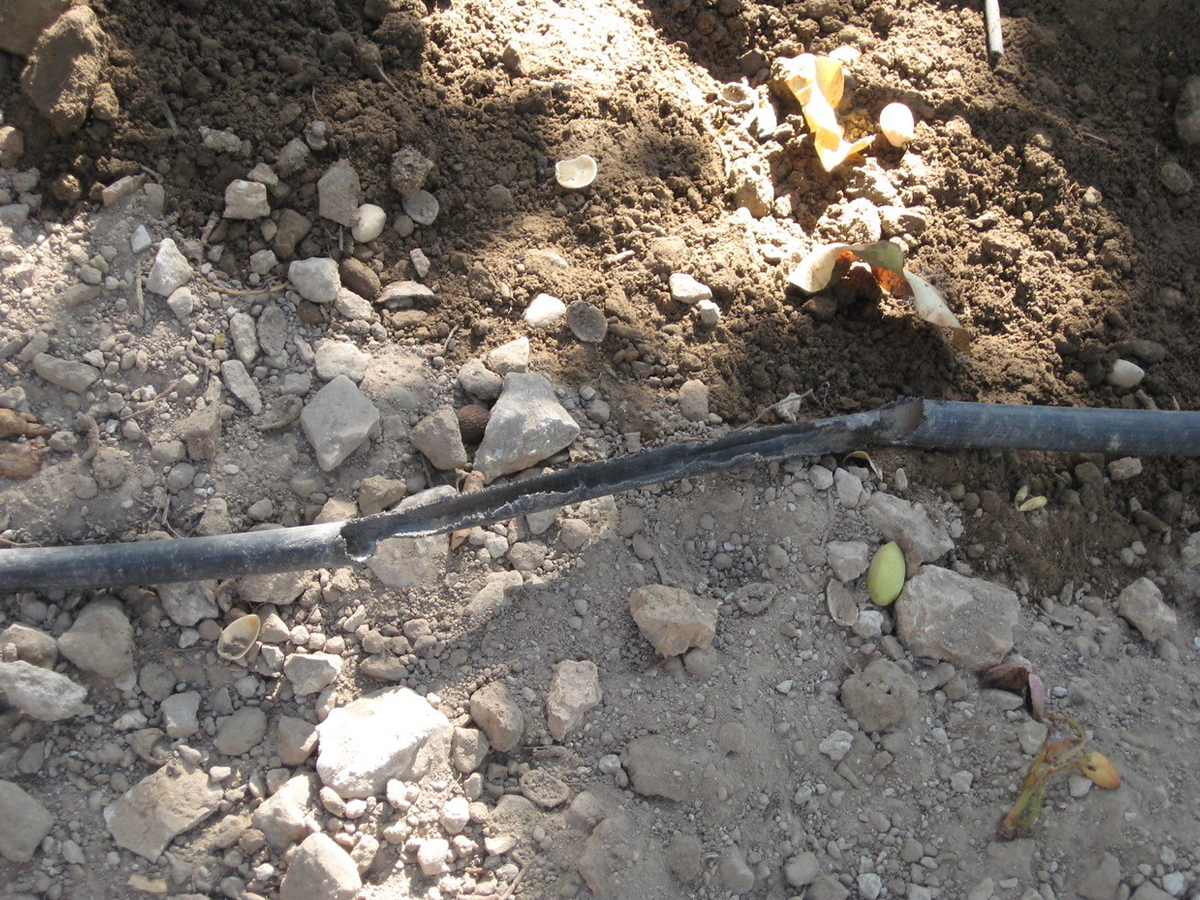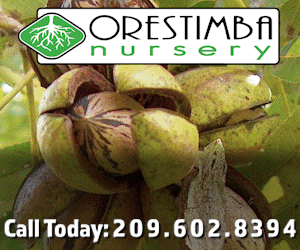
Two important findings about rodent control in walnut orchards were reported during the 2021 UCCE Virtual Walnut Series.
Roger Baldwin, wildlife specialist at UC Davis, said a study to determine if hedgerows contributed to higher numbers of pest rodents and subsequent crop damage showed that hedgerows generally did not lead to greater numbers of pest rodents. There were no significant differences in rodent populations between fields adjacent to hedgerows and managed fields, Baldwin said.
He noted that it is possible that large, more substantial hedgerows or sites with unmanaged vegetation could lead to more rodent incursion into fields and orchards.
The likelihood of an increase in foodborne pathogens due to hedgerow proximity was also low. Hedgerows near orchards and fields also did not appear to have an increase in foodborne pathogens compared to managed fields.
Baldwin also noted that a post-ingested repellant, Anthraquinone, is effective in vole populations in orchards. A rodent will eat this once, become sick and avoid it. Trials in young orchards showed it reduces girdling by voles in young trees during both cool season and summer. The material is sprayed on the trees. The spray applications, he said, are less labor-intensive and less expensive than the current practice of using tree protectors. The product also has extended efficacy.
The downside of this product is that it is not yet registered for use in California, but is going through the process and is expected to be available for use by next year.
A new product, Protec-T, was registered for use this year. Baldwin said it has achieved a 41% reduction in gopher damage to subsurface drip irrigation systems. It is a biochemical pesticide product that moves through the drip line with water. The product does not eliminate gophers, but it reduces the number of strikes from gophers on the buried drip tape.
Testing of pressurized exhaust injection products showed a high rate of control for ground squirrels. The machines work best in moist conditions. Efficacy against gophers was not as high, Baldwin said.
There are also carbon dioxide injection devices for rodent control, but extensive testing has not been done. Baldwin noted that dry ice in burrows for rodent control is not allowed in agriculture.
A product that takes a snap trap to a new level has been introduced by a New Zealand company. This is a re-setting trap that is placed in trees to control rats.











